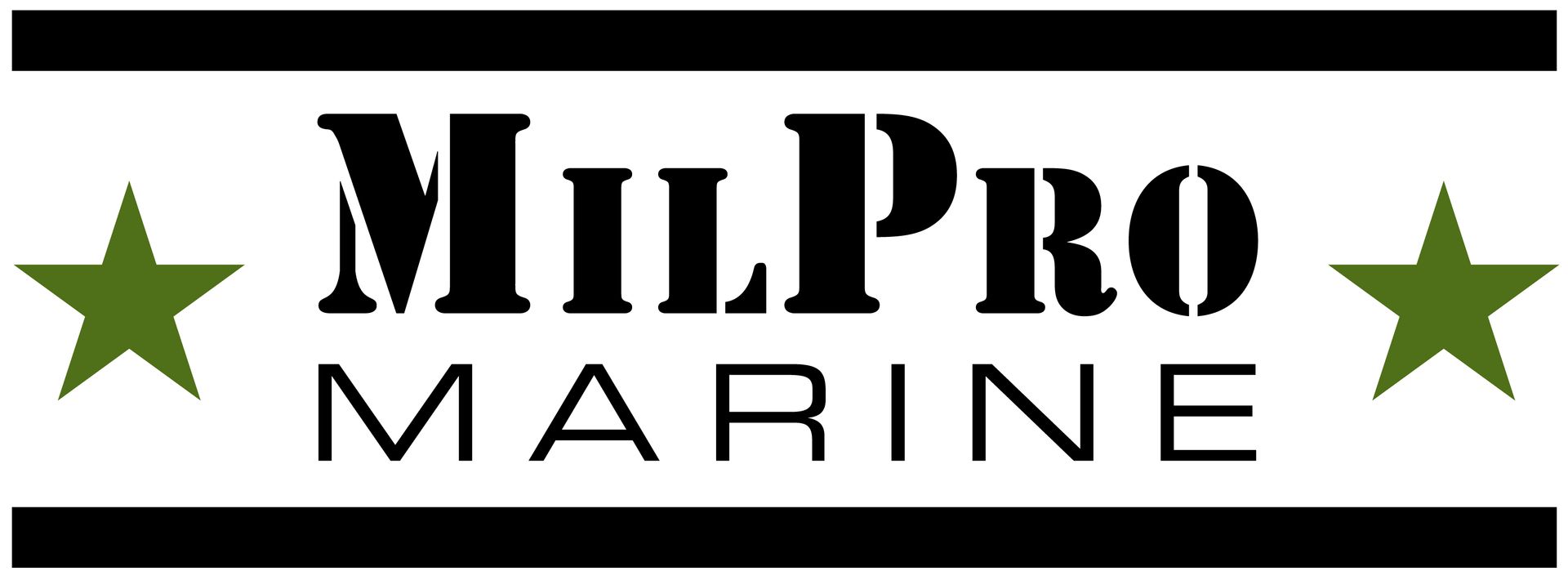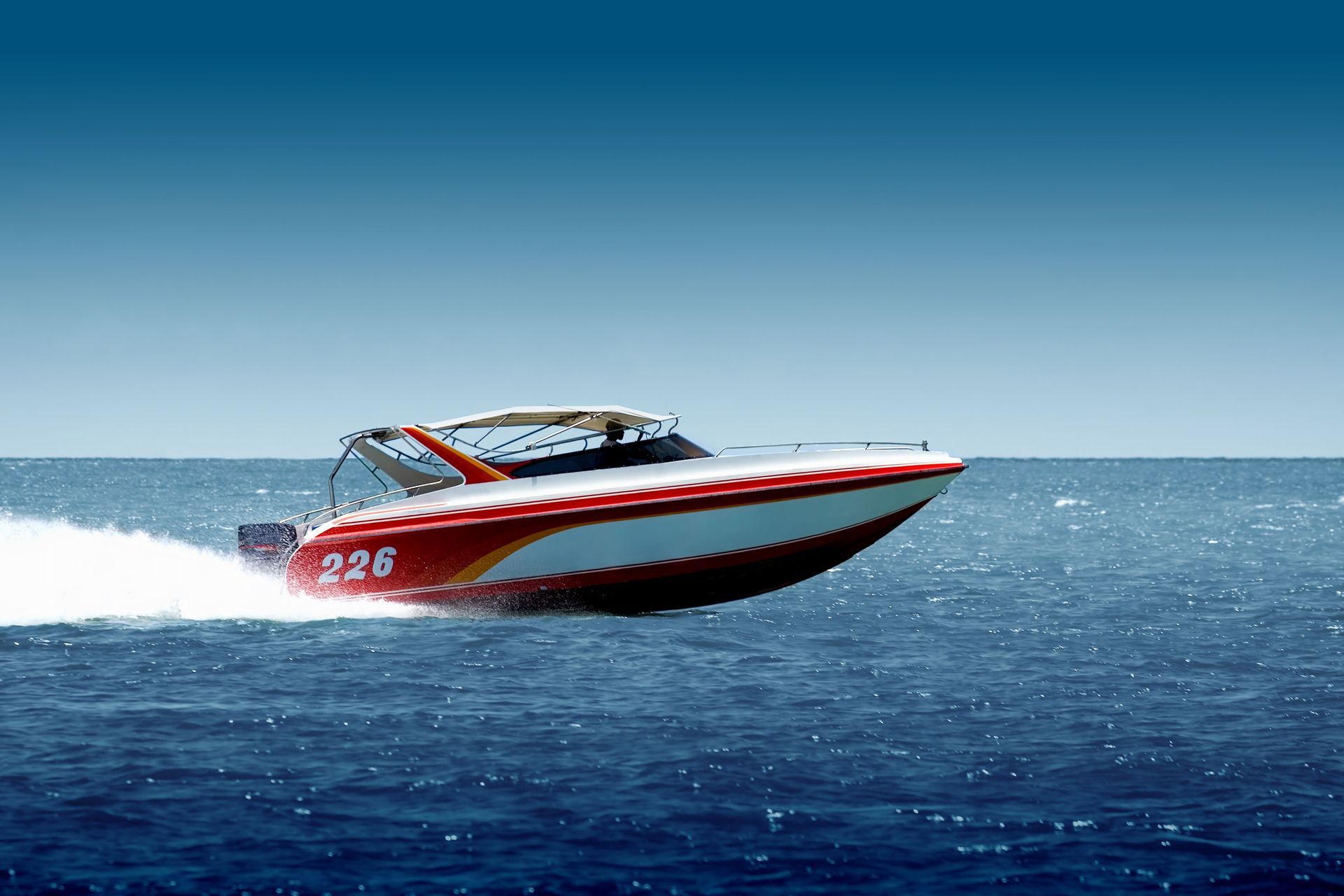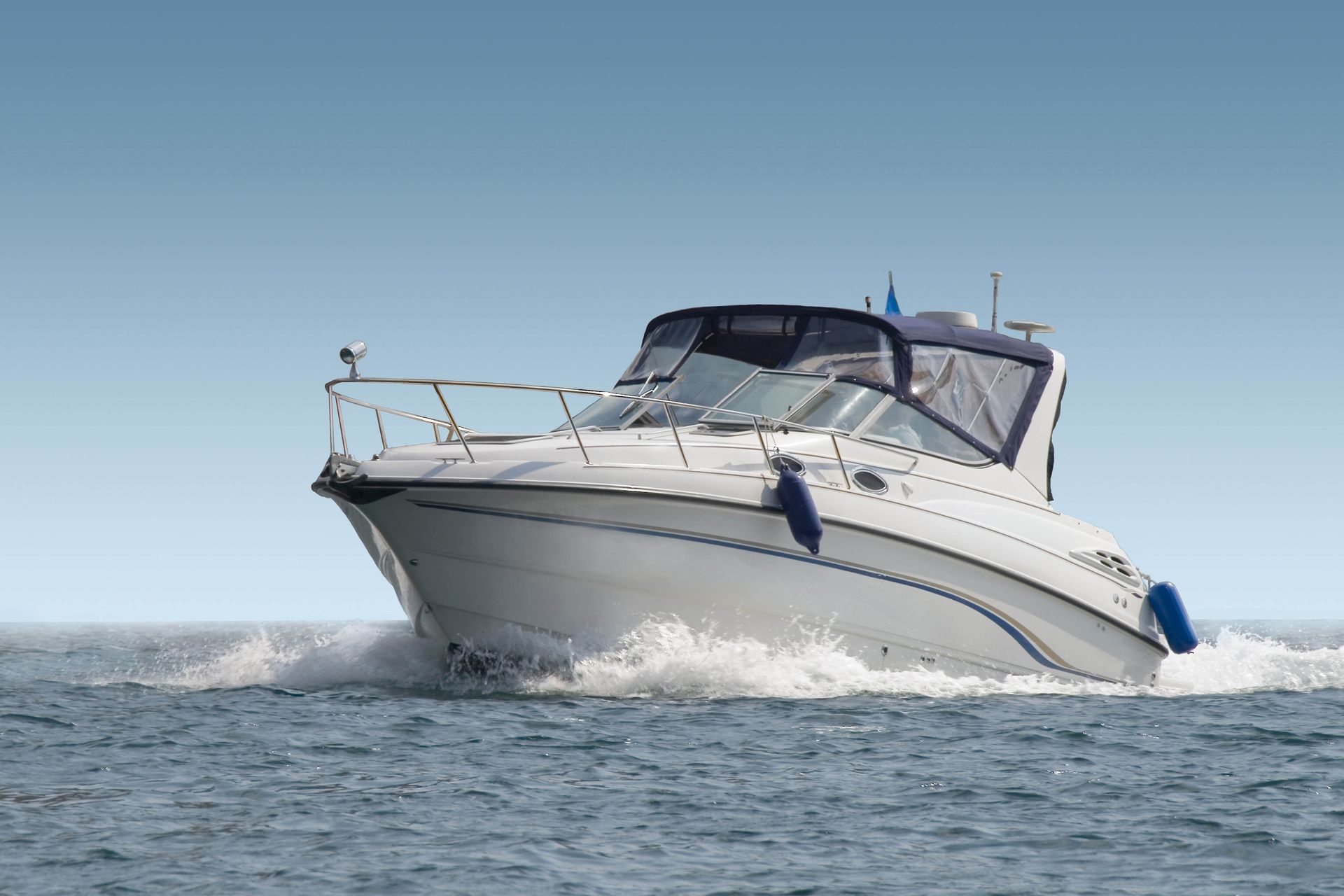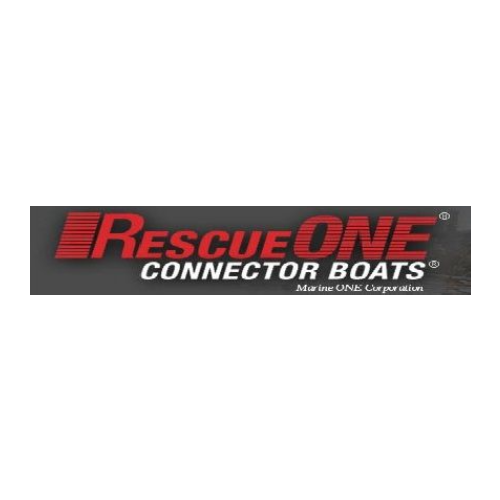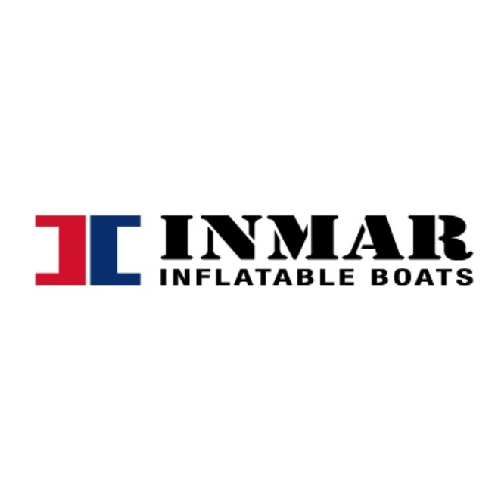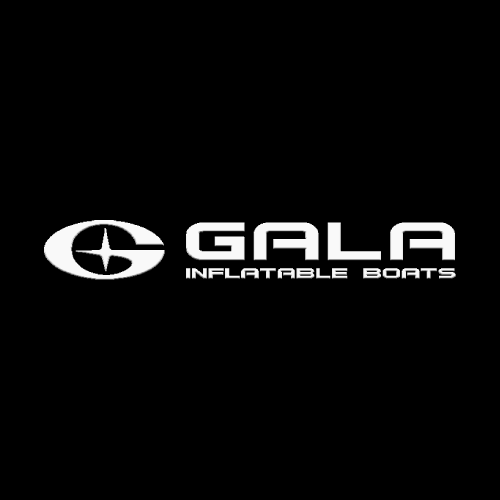September 12, 2025
When it comes to water safety, preparation makes all the difference. Whether you're operating in a commercial environment, enjoying recreational boating, or managing waterfront facilities, the presence of a rescue boat can mean the difference between life and death. These vessels are specifically designed to respond quickly to emergencies, aid in rescues, and protect lives in unpredictable aquatic environments. According to the United States Coast Guard, there were 3,887 reported recreational boating incidents in 2024, highlighting just how crucial it is to be ready for emergencies. In this article, we'll explore why having access to a rescue boat is so important, the situations where they play a key role, and how they contribute to overall safety on the water.
Rescue Boats Provide Immediate Emergency Response
One of the primary reasons for having access to a rescue boat is its ability to respond instantly to emergencies. On the water, minutes matter. A distressed swimmer, an overturned kayak, or a sinking vessel all require quick action. Without a designated rescue boat nearby, precious time is lost in organizing a response.
Rescue boats are engineered for speed and maneuverability. They are typically equipped with powerful engines that allow them to cut through rough waters and reach a person in danger quickly. By having one ready to deploy at a marina, harbor, or event, operators can drastically reduce response times and increase the likelihood of saving lives.
Rescue Boats Offer Specialized Safety Equipment
A rescue boat isn't just about speed—it's about being prepared with the right tools. These boats are outfitted with safety and medical equipment that makes them indispensable during emergencies. Typical features include flotation devices, medical kits, stretchers, rescue nets, and sometimes even defibrillators.
This specialized equipment allows responders to provide immediate first aid while transporting individuals back to shore. In many cases, having equipment on hand can stabilize a victim until professional medical care is available. Without a rescue boat, critical resources may be delayed, worsening the situation.
Rescue Boats Improve Safety at Waterfront Events
From regattas and sailing competitions to community water festivals, events held near or on water carry inherent risks. Organizers who provide access to a rescue boat create a safer environment for participants and spectators alike.
Rescue personnel can patrol the water throughout the event, keeping a watchful eye on potential hazards. If an incident occurs, their boat is already on-site and ready to respond. This proactive measure not only ensures compliance with safety regulations but also reassures participants that their well-being is a priority.
Rescue Boats Support Recreational Boaters
Many recreational boaters underestimate how quickly conditions can change on the water. Mechanical failures, sudden storms, or navigational errors can leave boaters stranded far from shore. In these moments, a rescue boat becomes a lifeline.
Having reliable rescue coverage means that stranded boaters can be towed, guided, or otherwise assisted before the situation escalates. The United States Coast Guard emphasizes that being prepared is one of the most important aspects of boating safety, and a rescue boat plays an undeniable role in that preparation.
Rescue Boats Play a Role in Search and Recovery
Unfortunately, not every incident ends with a straightforward rescue. In cases where someone goes missing, rescue boats are often deployed as part of search and recovery efforts. Their ability to access difficult-to-reach areas, travel long distances, and operate in challenging conditions makes them essential for such missions.
Rescue boats are frequently equipped with sonar or advanced navigation technology that assists in locating missing individuals or vessels. Their presence ensures that recovery operations can be carried out swiftly and effectively, providing closure and support in tragic circumstances.
Rescue Boats Help Prevent Escalating Situations
In some cases, the presence of a rescue boat alone can prevent incidents from worsening. A quick response to a minor engine problem or to a swimmer struggling against the current can stop an emergency from developing further.
Rescue boats act as a safety net, ensuring that small problems don't become life-threatening. This proactive role highlights their value not just in response, but in prevention as well. By having access to one, boaters and facility managers reduce overall risks and provide peace of mind to everyone on the water.
Rescue Boats Contribute to Workplace Safety
It's not just recreational settings that benefit from access to a rescue boat. Industrial workplaces such as offshore drilling platforms, construction projects near water, and shipping operations all require safety measures for their employees.
A rescue boat in these environments ensures compliance with occupational safety standards while also protecting workers' lives. In industries where employees regularly interact with aquatic environments, this kind of preparedness is not just recommended—it's essential.
Rescue Boats Offer Peace of Mind
For anyone spending time near or on the water, knowing that a rescue boat is available brings reassurance. Families can enjoy a day at the lake, event participants can compete with confidence, and employees can focus on their work—all because they know a lifeline is nearby if something goes wrong.
This peace of mind is more than just comfort—it directly encourages safer behavior. People are more likely to follow safety protocols and respect the water when they know their safety is taken seriously.
Rescue Boats Highlight a Commitment to Safety
Access to a rescue boat also reflects a broader commitment to safety. Marinas, event organizers, and companies that invest in rescue equipment send a clear message: they value human life above all else.
This reputation can build trust with customers, employees, and the community. When people see that safety is prioritized, they're more likely to participate in activities, support businesses, and return for future events. Safety investments like rescue boats create lasting goodwill and loyalty.
Rescue Boats Can Be Customized for Specific Needs
Not all aquatic environments are the same, which is why rescue boats can be adapted for different situations. Some are inflatable and lightweight, designed for use on rivers or lakes. Others are heavy-duty with reinforced hulls for offshore or industrial use.
Businesses and organizations can choose boats that match their unique needs. Whether it's a small facility on a quiet waterway or a busy harbor with constant traffic, having a boat that fits the conditions ensures reliable safety coverage.
Rescue Boats Are Cost-Effective Investments
While purchasing and maintaining a rescue boat may seem like a significant expense, the cost is minimal compared to the potential consequences of being unprepared. Legal liabilities, regulatory penalties, and reputational damage can far outweigh the initial investment.
Moreover, modern rescue boats are designed to be durable and efficient, requiring relatively low upkeep. Over time, they prove themselves to be a cost-effective addition that enhances safety while protecting financial and human resources.
Access to a rescue boat isn't a luxury—it's a necessity for anyone operating on or near water. These vessels provide rapid emergency response, specialized equipment, and proactive prevention against accidents. They enhance safety at recreational events, workplaces, and for individual boaters, while also reinforcing a visible commitment to protecting lives. With nearly 3,900 reported recreational boating incidents in 2024, according to the US Coast Guard, the importance of preparation has never been clearer.
If you're ready to invest in safety and peace of mind, contact our team at Milpro Marine today to learn more about the rescue boat options available to you.
